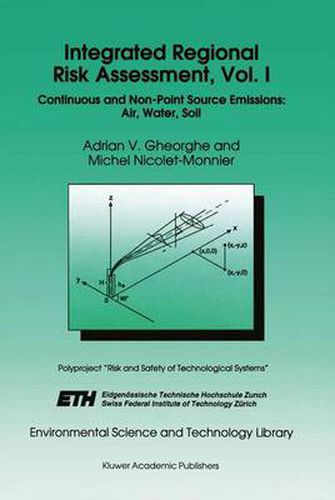Readings Newsletter
Become a Readings Member to make your shopping experience even easier.
Sign in or sign up for free!
You’re not far away from qualifying for FREE standard shipping within Australia
You’ve qualified for FREE standard shipping within Australia
The cart is loading…






This title is printed to order. This book may have been self-published. If so, we cannot guarantee the quality of the content. In the main most books will have gone through the editing process however some may not. We therefore suggest that you be aware of this before ordering this book. If in doubt check either the author or publisher’s details as we are unable to accept any returns unless they are faulty. Please contact us if you have any questions.
Industrial development is essential to improvement of the standard of living in all countries. In a given region, old and new plants, processes, and technologies have to coexist. Technological penetration and substitution processes are generally taking place; they are entirely dynamic and this trend is going to stay like this. People’s health and the environment can be affected, directly or indirectly by routine waste discharges or by accidents. A series of recent major industrial accidents and the effect of pollution highlighted, once again, the need for better management of routine and accidental risks. Moreover, the existence of natural hazards complicate even more the situation in any given region. In the past effort to cope with these risks, if made at all, have been largely on a plant by plant basis; some plants are well equipped to manage environmental hazards while others are not. Managing the hazards of modern technological systems has become a key activity in highly industrialized countries. Decision makers are often confronted with complex issues concerning economic and social development, industrialization and associated infrastructure needs, population and land use planning. Such issues have to be addressed in such a way that ensures that public health will not be disrupted or substantially degraded.
$9.00 standard shipping within Australia
FREE standard shipping within Australia for orders over $100.00
Express & International shipping calculated at checkout
This title is printed to order. This book may have been self-published. If so, we cannot guarantee the quality of the content. In the main most books will have gone through the editing process however some may not. We therefore suggest that you be aware of this before ordering this book. If in doubt check either the author or publisher’s details as we are unable to accept any returns unless they are faulty. Please contact us if you have any questions.
Industrial development is essential to improvement of the standard of living in all countries. In a given region, old and new plants, processes, and technologies have to coexist. Technological penetration and substitution processes are generally taking place; they are entirely dynamic and this trend is going to stay like this. People’s health and the environment can be affected, directly or indirectly by routine waste discharges or by accidents. A series of recent major industrial accidents and the effect of pollution highlighted, once again, the need for better management of routine and accidental risks. Moreover, the existence of natural hazards complicate even more the situation in any given region. In the past effort to cope with these risks, if made at all, have been largely on a plant by plant basis; some plants are well equipped to manage environmental hazards while others are not. Managing the hazards of modern technological systems has become a key activity in highly industrialized countries. Decision makers are often confronted with complex issues concerning economic and social development, industrialization and associated infrastructure needs, population and land use planning. Such issues have to be addressed in such a way that ensures that public health will not be disrupted or substantially degraded.